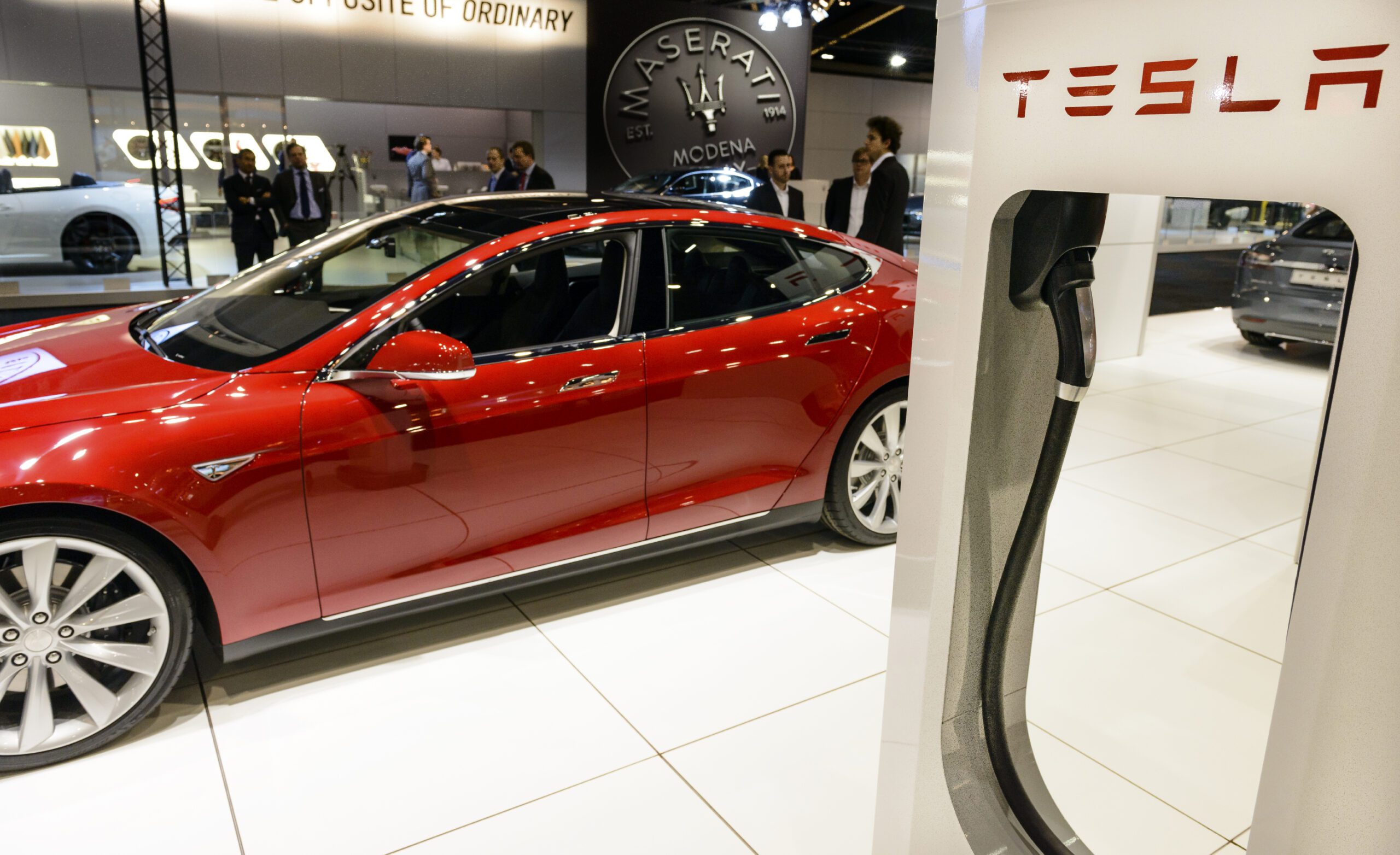Although battery fires in electric cars and two-wheeled vehicles are not a common phenomenon, they are notoriously hard to put out, requiring special training and equipment by firefighters. Although the full scope of the issue is part of a contentious debate, [Aarian Marshall] over at Wired recently wrote an article about how the electric car industry has a plan to make a purportedly minor issue even less of an issue. Here the questions seem to be mostly about what the true statistics are for battery fires and what can be done about the primary issue with batteries: thermal runaway.
Although the Wired article references a study by a car insurance company about the incidence of car fires by fuel type (gas, hybrid, electric), its cited sources are dubious as the NTSB nor NHTSA collect statistics on these fires. The NFPA does, but this only gets you up to 2018, and they note that the data gathering here is spotty. Better data is found from European sources, which makes clear that battery electric vehicles (BEVs) catch fire less often than gasoline cars at 25 per 100,000 cars sold vs 1529/100k for ICE cars, but when BEVs do burn it’s most often (60%) from thermal runaway, which can be due to factors like a short circuit in a cell, overcharging and high ambient temperatures (including from arson or after-effects of a car crash).
As for the claimed ways to make battery-powered vehicles safer, the Wired article mentions the shift to more stable lithium-ion chemistries like lithium-ion phosphate (LiFePO4, or LFP for short), experimenting with solid-state batteries and easier ways to extinguish a fire and disconnect the BEV’s battery, along with firefighter training. Meanwhile the European Union will require a ‘battery passport’ starting in 2027 which tracks the origin, manufacturing and testing of batteries.
Of the risks with batteries, thermal runaway is probably the least predictable, with a review article by [Mahn-Kien Tran] and colleagues in Processes from 2022 covering our current understanding here, including ways to model and predict the occurrence of thermal runaway to increase safety while e.g. charging a battery. As internal shorts due to wear and/or manufacturing defects can be hard to predict, it is essential to detect thermal runaway before it has a chance to get out of hand.
Beyond electric cars, electric bikes are far more notorious for catching on fire, with these devices in New York City having gained the reputation of burning down apartment buildings, generally while charging. As MIT Technology Review reports, a solution here may have been found in battery swapping stations that are equipped with sensors and fire extinguishing systems, so that delivery drivers and other e-bike users do not have to charge batteries at their apartments while praying that they don’t wake up to thick smoke and a screaming fire alarm.
As battery-powered vehicles and devices become more and more common, it’s clear that even if the risk of fire from these vehicles is small compared to their gasoline-powered brethren, those generally do not catch on fire while parked in one’s garage or hallway. Finding ways to mitigate this risk is therefore more than welcome.
